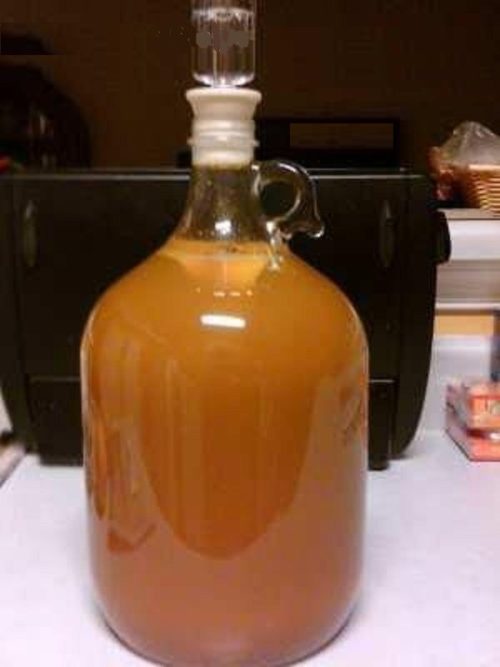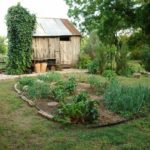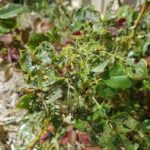Howling Jack Recipe

Photo: Samhain
Another cost-effective method of preserving some of your pumpkin harvest.
We see a lot of mead and alcohol recipes on homesteading and prepper pages for a reason. First and foremost, of course is that they taste good! Even if you don’t partake of alcoholic beverages yourself the odds are that you have a friend or two that do like a nip now and again. This is true in good economic times and even more so in bad times. People want to remember the good times and will be willing to barter for that opportunity. Get the recipe below
Ingredients
1. sound, hard-rind pumpkin (approx. 2-quart capacity)
2. Paraffin wax
3. 1 1/2 quarts of water
4. 4 lbs. honey
5. 2 each oranges and lemons
6. 1 pkt. wine yeast
7. 1 tea bag (black tea)
Directions
1. Prepare yeast starter.
2. Sterilize honey and water by boiling for 10 minutes, skimming the froth as it rises.
3. Remove from heat; stir in sliced citrus fruits, including skins.
4. Cool to room temperature; pitch yeast.
5. Allow to sit overnight.
6. Prepare pumpkin by cutting off the top with a sharp knife. The top must “mate” with the bottom so cut carefully. Clean out the seeds, strings, and membranes of the pumpkin. Rinse out with water.
7. Pour the mash into the pumpkin, leaving an inch of air space between the liquid and the rim of the opening. Replace the top.
8. Prepare the paraffin/water bath: Fill a plastic bucket with hot water, melt the paraffin wax and float it on the water.
9. Dip the pumpkin, bottom first, into the warm paraffin until it is coated up to its lid. Once the paraffin begins to harden on the pumpkin skin, seal the lid by carefully pouring paraffin over the top, making sure to coat the seam.
10. Set the pumpkin in the middle of a shallow dishpan full of water to keep the thirsty pickle worms at bay and place it in a dark, quiet spot.
11. Allow to sit for two months, then siphon off and bottle.
Note: It is probably a good idea to rack the mead into a glass fermenter, fitted with an air lock, for evaluation prior to bottling. If the fermentation is not complete and you bottle prematurely, the corks and glass may blow.
Source: Allrecipes
 This is an aggregated site. Please be aware some of the sites we link to could have pop ups. We have no control over them. However, we will never link you to a site that requires you to make any purchase to view the blog.
This is an aggregated site. Please be aware some of the sites we link to could have pop ups. We have no control over them. However, we will never link you to a site that requires you to make any purchase to view the blog.
Please read our disclaimer. We provide you with information from various sites all over the world. The author’s expressed opinion isn’t necessarily that of The Prepared Page or its staff. Our intent is to bring you the information. Use your and your own best judgment when using any information contained within the blogs.
While you’re here check out some of the other posts you may find them interesting!!!
Some posts may contain affiliate links.







